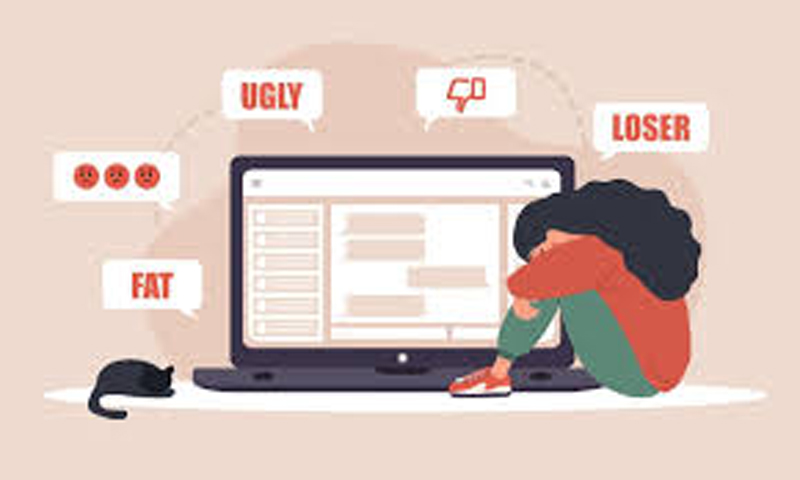
Sanjay Leela Bhansali's Heeramandi: The Diamond Bazaar, released last month, has stirred up a lot of conversation online. While the series has managed to bag appreciation for every character, Sharmin Segal, who portrays Alamzeb, has been constantly trolled. They called her acting ‘expressionless’ and tagged her as a cold person on the set to her co-actors. Even after that, Segal had to turn off her comments on social media. Almost a month later, Segal spoke about the constant scrutiny and opened up about the experience.
Table of Content:-
Sharmin Segal's Reply to Trolls
While speaking to News 18 Showsha, Segal explained the power of audiences to share feedback. She agreed to the fact that the audience is the king. Their opinions- be it positive or negative- will definitely add value to everything. Segal said, "The audience is the king at the end of the day. And as a creative person, it's very important to acknowledge that. They have a right to their opinion – positive or negative. That's one thing that gives me perspective and allows me to be okay."
View this post on Instagram
Shifting Focus to the Positive
Segal also revealed how she had been trying to keep her perspective positive despite all the trolling. According to her, she had really worked hard on the role of Alamzeb, and hence, it's equally essential to absorb the positive things said about it. "I had given my all to Alamzeb's character. We tend to fixate on the negatives, but there are so many positives that have also come along, which we don't talk about," Segal said, stressing on a balanced view that would also respect both praise and critique.
Also Read: Janhvi Kapoor Talks About Struggling With Self-Worth; Improving Your Self-Worth And Why It's Crucial
Keeping Distance from the Negativity
At first, Segal had kept away from conversations about her performance. Recently, she has been interacting with all kinds of comments on her posts and pointed out that she had failed to notice the love and warmth she was receiving. "The audience's opinion is what will probably help you be the best version of yourself," said Segal. On that note, she has shifted her concentration back to constructive criticism.
The Psychology of Internet Trolls
Internet trolling is everywhere and affects everyone from high-placed public figures like Sharmin Segal. Understanding the psychology behind the trolls can cast insight into their behaviour and their motivations.

Typical Traits and Motivations
Internet trolls often exhibit some typical traits: impulsivity, selfishness, and a lack of empathy. The behaviour shows a great deal of remorselessness and moral deficiency. Many trolls defraud and manipulate others for their amusement, which is greatly driven by extreme narcissism and a desire to dominate. The internet provides anonymity, and anonymity enhances these traits, leading to what is called the ‘toxic disinhibition’ effect. All this happens because trolls feel disconnected from their victims in both physical distance and the delayed nature of interactions on the internet.
Behavioural and Psychological Processes
Several psychological processes underpin internet trolling. One of the most prevalent psychological factors in online trolling is the ‘pack mentality’. Much like schoolyard bullies who have a group of people backing them, internet trolls usually operate in groups, which gives them the boldness to do what they do. This could be out of a desire for attention or a fear of becoming a target themselves.
Also Read: No Weighted Pushup Is Hard Enough For Kartik Aaryan; Benefits Of Weighted Pushups
Another common tactic of trolls is personal attacks. When they are not able to counter an argument logically, they result to character assassination to belittle their opponents. Such behaviour usually has underpinnings in loose political agendas or merely a desire to exert power.
Racism, homophobia, and misogyny are also common in online trolling. People from minority groups or those who simply do not fit certain norms are often targeted with abuse. Trolls also try to undermine people's credibility by questioning their expertise or qualifications, no matter the facts.
Addressing Online Bullying
The best response to cyberbullying, therefore, is often disengagement. In serious cases, this may involve closing one's social media accounts, though this can itself be distressing. Engage the victims in activities that they like offline; this shall at least give them a break from the negativity. Engaging victims in activities that they love—whether it is exercising, meditating, or spending time with loved ones—helps in psychologically disassociating from the abuse happening online. Discussing the situation with a close friend will bring some perspective and reduce the impact of the trolls' opinions. It will help in developing emotional resilience.
Bottomline
Sharmin Segal's story of online trolling is one that is played out far too often in everyone's lives today. In the effort to navigate the online world with issues of cyberbullying, the underlying issues and psychology of trolling need to be understood. On the other hand, Segal's approach to learning from both positive and negative feedback is a lesson that all of us should learn in order to keep things in perspective, as well as to help one grow.
Also watch this video
How we keep this article up to date:
We work with experts and keep a close eye on the latest in health and wellness. Whenever there is a new research or helpful information, we update our articles with accurate and useful advice.
Current Version
